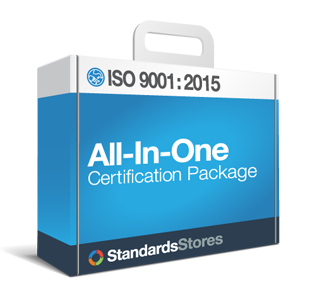Identification and Traceability
One of the methods used to control production of products or services is identification and traceability. This can be in the form of part labels, job travelers/work orders/route sheet, process validation worksheet, lot control, “inspected” labels, or any means to identify outputs and their status.
ISO 9001:2015 Subclause 8.5.2 Identification and Traceability states the following three requirements around identification and traceability:
- Use suitable means to identify outputs when it is necessary to ensure the conformity of products and services.
- Identify the status of outputs with respect to monitoring and measuring requirements throughout production and service provision.
- Control the unique identification of the outputs when traceability is a requirement, and retain documented information to enable traceability.
This means that if some form of paperwork or label is needed to know if the product or service you are offering meets the required specifications, either as a completed part/service or during stages of the production/service provision process, you must identify it as such. If you are required to have traceability then you must keep records that verify these outputs have been identified and their status.
The method and level of control is determined by your customer’s requirements and what is needed to support your organization’s processes. If you are unable to identify a part or its status during production without a route sheet, then having a route sheet is required for your organization. In the same way, if your customer requires lot tracking, then you need to have a lot control process and records for lot traceability. This concept applies to the service industry as well and can be in the form of a project log or status report.
Within our Forms Package or included with our Identification and Traceability Procedure, we offer the documentation templates needed to ensure the requirements around identification and traceability are met.


